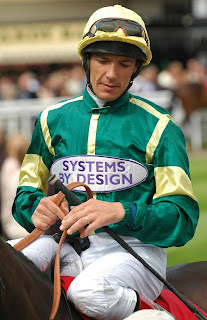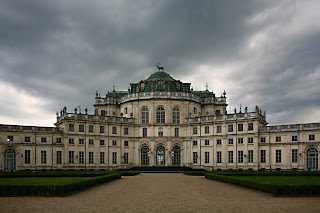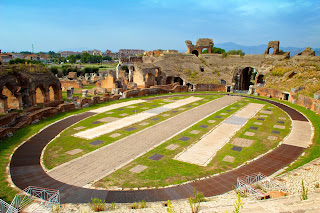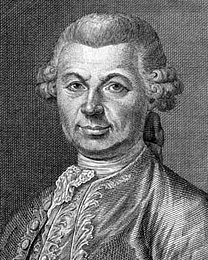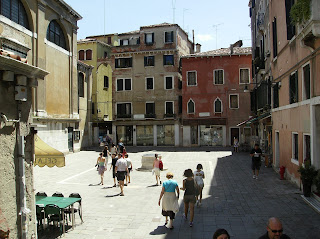Entrepreneurial brain behind Versace fashion empire
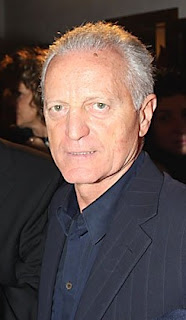 |
| Santo Versace's business skills lay behind the brand's success |
Along with his brother and sister, Gianni and Donatella, Santo grew up in Italy's southernmost major city, which is situated right on the "toe" of the Italian peninsula and separated from the island of Sicily by barely 10km of the Strait of Messina.
Unlike his younger siblings, who were inspired by their mother, Francesca, a dressmaker who owned a small clothes shop, to become designers, Santo took after their father, Antonio, a coal merchant who in time became an interior decorator, in wishing to become a business entrepreneur.
He helped his father hump sacks of coal while still a child and learned the basics of running a business as a teenager before attending the University of Messina, from which he graduated in 1968 with a degree in economics.
At first, Santo worked in banking for Credito Italiano in Reggio Calabria before switching to teaching economics and geography to high school students. In 1972, after completing his military service, he set up as an accountant and management consultant in Reggio Calabria.
By this time, Gianni and Donatella were beginning to attract attention in the fashion world and when Gianni was invited to work in Milan in the mid-70s, Santo decided to follow him and base himself in the northern city.
 |
| Versace's current flagship Milan store is in the prestigious Via Monte Napoleone |
Santo was chief executive officer from the outset, a position he retained until 2004. While his siblings concentrated on design, he brought his business skills to bear in the areas of communication, organization, productivity, and quality. He oversaw sales, distribution, production and finance and gained a reputation as one of the fashion industry's most able and well-respected business people.
His first involvement in politics was at a fashion industry level. In 1992, he co-founded the Association of Italian High-Quality Enterprises and from 1998 to 1999 was president of the National Chamber for Italian Fashion, which aims to support and the develop Italian fashion. Even beyond his own business, he would always support initiatives to promote Italian brands.
Santo's personality and skill as a speaker did not go unnoticed and he was invited by former prime minister Silvio Berlusconi to run for office in 2008 as a member of Berlusconi's new party, Il Popolo della Libertà - The People of Freedom. He was elected to the Chamber of Deputies as member for Calabria and Berlusconi won a second term in office after forming a coalition with the Lega Nord and the Sicilian Movement for Autonomy.
However, it was an uneasy alliance. Friends considered Santo too left of centre to sit comfortably in a Berlusconi government and he quit the party in 2011 over the coalition's decision to back a mafia-tainted cabinet minister, describing his decision as "my present for Berlusconi” in a reference to the media tycoon's upcoming 75th birthday.
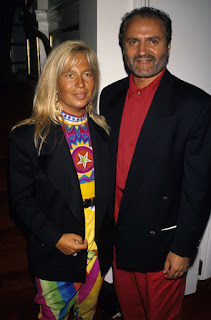 |
| Donatella and Gianni Versace pictured in around 1990 |
Divorced from his first wife, Cristiana, Santo is now married to Francesca De Stefano, a lawyer. Francesca Versace, one of his children from his first marriage, is a fashion designer herself, based in London.
Santo, of course, has known tragedy in his private life. The murder of Gianni Versace in Miami Beach in 1997 left him with only one surviving sibling from a family of four children, his older sister, known as Tina, having died when he was a child from complications relating to a tetanus infection.
Away from fashion and politics, he has been a financial supporter of Viola Reggio Calabria Basketball, and has been chairman of Operation Smile Italy Onlus, an association of doctors and volunteers which deals with children with facial deformities in 70 countries around the world.
 |
| A sweeping waterfront is a feature of modern day Reggio Calabria, which had to be rebuilt after the 1908 earthquake |
For a port city with a population of 200,000 people in a metropolitan area of more than half a million residents, Reggio Calabria is a surprisingly elegant and pleasant place to visit, its attractiveness owing much to the careful rebuilding programme undergone after a devastating earthquake in 1908, which destroyed most of its historical centre and inflicted similarly catastrophic damage on Messina, across the water in Sicily. Such remains as were salvageable, including many of Greek origin, are preserved in some impressive museums. The rebuilt city featured many Liberty style buildings and the seafront is particularly panoramic.
Hotels in Reggio Calabria from Hotels.com
Travel tip:
The Via della Spiga, where the first Versace shop opened in 1977, is one of Milan's top shopping streets, forming the north-east boundary of the city's fashion quarter, of which Via Manzoni, Via Monte Napoleone and Corso Venezia form the other borders. It is one of Milan city centre's few streets restricted to pedestrians only. Details of the stores with premises on Via della Spiga can be found at the Amici Di Via della Spiga website.
Hotels in Milan from Expedia
More reading:
How former army medic Giorgio Armani became a fashion icon
Short life and tragic death of Gianni Versace
How horses inspired the world's most coveted shoes and handbags
Also on this day:
(Picture credits: Versace shop by Bahar via Wikimedia Commons)
Home

